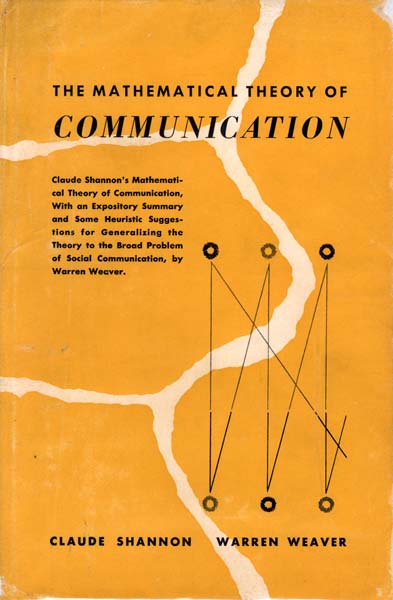

The results show that cooperative communication provably enables effective, robust belief transmission which is required to explain feats of human learning and improve human-machine interaction. A mathematical theory of communication Mathematical Theory of Claude Shannon A study of the style and context of his work up to the genesis of information.

Computational simulations support and elaborate our theoretical results, and demonstrate fit to human behavior. We derive prior models as special cases, statistical interpretations of belief transfer plans, and proofs of robustness and instability. Scientific knowledge grows at a phenomenal pace-but few books have had as lasting an impact or played as important a role in our modern world as The Mathematical Theory of Communication, published originally as a paper on communication theory more than fifty years ago. Through a connection to the theory of optimal transport, we establishing a mathematical framework for cooperative communication. The Mathematical Theory of Communication. Prior models of cooperative communication are algorithmic in nature and do not shed light on why cooperation may yield effective belief transmission and what limitations may arise due to differences between beliefs of agents. Pei Wang, Junqi Wang, Pushpi Paranamana, Patrick Shafto AbstractĬooperative communication plays a central role in theories of human cognition, language, development, culture, and human-robot interaction. AuthorFeedback Bibtex MetaReview Paper Review Supplemental


 0 kommentar(er)
0 kommentar(er)
